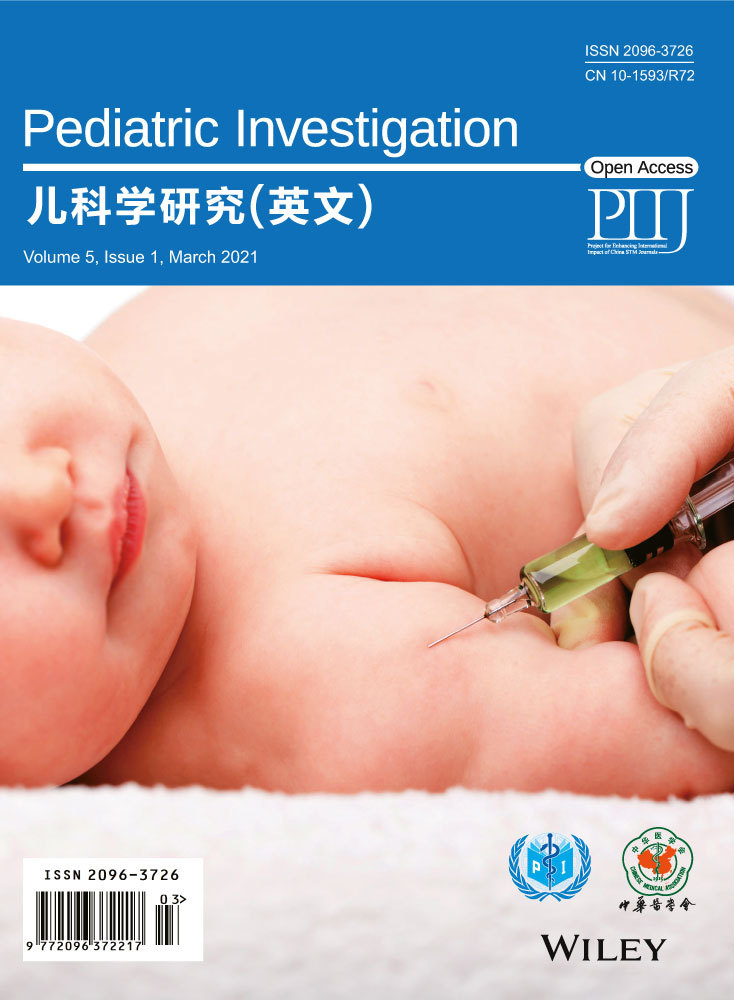A call to action: Multi-disciplinary care and treatment of obesity in pediatrics
Pediatric obesity is the most prevalent chronic disease affecting 1 in 5 US children and is correlated with an increase in young patients diagnosed with obesity-related diseases. Early identification and treatment of childhood obesity is pivotal to slow or prevent progression of obesity and obesity-related diseases into adulthood. Current practice guidelines support a staged treatment approach to manage pediatric obesity with emphasis on multidisciplinary care in stages 3 and 4.1
Primary care clinicians are at the forefront of diagnosing and initiating treatment of pediatric obesity. However, management of obesity in a primary care setting is minimally effective for reasons that are multifactorial. Pediatric and family medicine providers express many challenges in providing adequate treatment of obesity including lack of time, need to address other health concerns, and lack of confidence and/or knowledge to promote lifestyle change.2 As pediatricians who are fellowship-trained in obesity medicine and metabolic and bariatric surgery, we recommend prompt referral to a pediatric weight management program or tertiary care center for multidisciplinary care upon immediate identification of obesity.
A multidisciplinary pediatric obesity care team should include a physician (preferably with expertise in pediatric obesity medicine), a behavioral counselor, and a registered dietitian, at minimal. An exercise specialist, social worker and health psychologist are also key members of the team. These health care professionals work together to promote a healthy lifestyle and behavioral change. In select patients with severe obesity (body-mass index (BMI) ≥ 120% of 95th percentile or BMI ≥ 35 kg/m2), the physician may consider pharmacotherapy and a referral to a surgical program for metabolic and bariatric surgery (MBS).
Pharmacotherapy is most efficacious in combination with a healthy lifestyle. Anti-obesity medications (AOMs) should be considered in patients with a BMI ≥ 95th percentile (or BMI ≥ 30 kg/m2, whichever is lower), plus the presence of at least one obesity-related condition or BMI ≥ 120% of 95th percentile (or BMI ≥ 35 kg/m2, whichever is lower). The two medications FDA approved for use in the pediatric population are orlistat, in patients ≥ 12 years old and phentermine, in those ≥ 16 years old, with two others awaiting approval including liraglutide and setmelanotide. Other AOMs FDA approved for use in patients ≥ 18 years old include bupriopion/naltrexone and phentermine/topiramate, are prescribed off-label in younger patients. The lowest efficacious dose with minimal adverse effects should be prescribed. Medication can be continued if after 12 weeks, a BMI z-score is ≥ 0.2 is obtained, which is equivalent to a 5% change in BMI.3
MBS is the most successful long-term weight reduction intervention to treat severe obesity and its accompanying medical conditions within the pediatric population. The laparoscopic sleeve gastrectomy (SG) has replaced Roux-en-Y gastric bypass (RYGB) as the most common procedure performed. MBS is extremely safe with an immediate postoperative complication rate less than 3%.4 Current indications for MBS are BMI ≥ 120% of the 95th percentile (or BMI ≥ 35 kg/m2, whichever is lower), plus the presence of at least one obesity-related disease or BMI ≥ 140% of 95th percentile (or BMI ≥ 40 kg/m2, whichever is lower). Data from Teen-Longitudinal Assessment of Bariatric Surgery demonstrates that MBS induces an average weight reduction of 27% with resolution of co-morbidities including type 2 diabetes, hypertension, and dyslipidemia.4
Treatment of pediatric obesity is most successful under the care of a multidisciplinary team in a pediatric weight management program or tertiary care center. Mameli and colleagues studied the effect of a multidisciplinary intervention amongst children and adolescents with overweight and obesity; 19.8% of the participants recovered from obesity to overweight and 1.2% recovered from obesity to normal weight.5 While Mameli and colleagues did not evaluate the role of pharmacotherapy and/or MBS in their intervention, we suspect an even higher success rate if medication and surgery were studied in patients with severe obesity.
As previously stated, management of pediatric obesity in a primary care setting leads to marginal improvement in BMI percentile and weight status. While we encourage primary care providers to refer all children and adolescents with obesity for multidisciplinary care, we recognize there are many barriers that limit optimal obesity treatment including geographic restrictions and significant waiting lists for pediatric weight management programs and tertiary care centers. Therefore, we urge primary care providers to be aware of the resources in their community to address obesity in pediatric and adolescent patients. If there is limited access to multidisciplinary care, we encourage primary care providers to increase their comfort and knowledge in lifestyle intervention, obesity pharmacotherapy, and indications for surgery via formal training in obesity management. There are examples of successful pediatric obesity management within a primary care setting but typically additional health care professionals including registered dietitians and behavior specialists are necessary to achieve effective treatment.
Obesity is a complex, chronic disease with multiple contributing factors, some of which remain unknown. A multidisciplinary approach is key to addressing the current epidemic in the pediatric population and will contribute to lessening the number of adults with obesity in the future. While pediatric clinicians are identifying and diagnosing children and adolescents with obesity at an increased rate, current treatment success is low. There is a need for more primary care providers to value the importance of lifestyle modification in conjunction with pharmacotherapy and surgery, similar to the clinicians working within the adult population. The remaining barriers to successful management of obesity are outside the scope of a provider requiring change within the health-care system and beyond.
1 CONFLTCT OF INTEREST
The authors do not have any conflicts of interest to report.
2 Funding source
Massachusetts General Hospital Executive Committee on Research (ECOR) (FCS); National Institutes of Health NIDDK P30 DK040561 (FCS) and L30 DK118710 (FCS)




